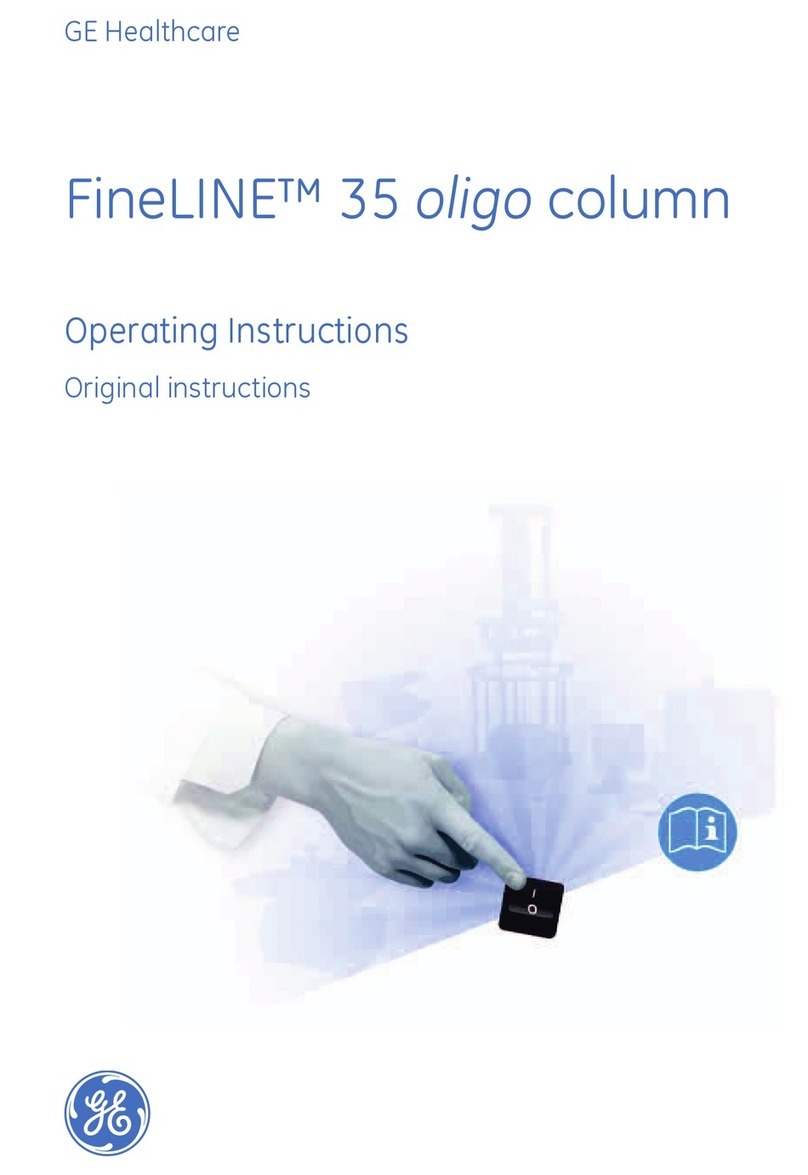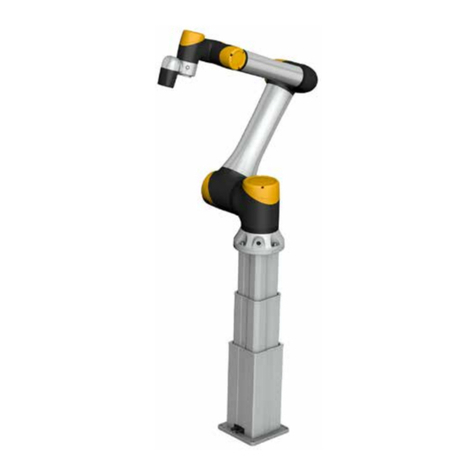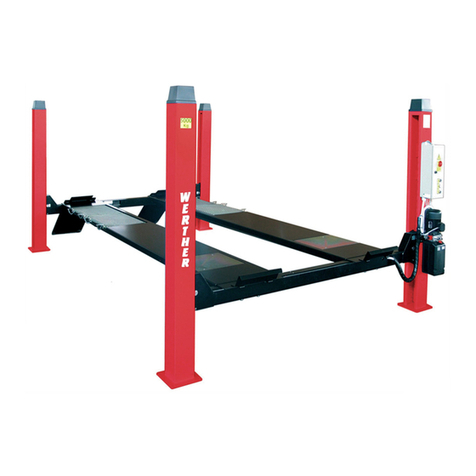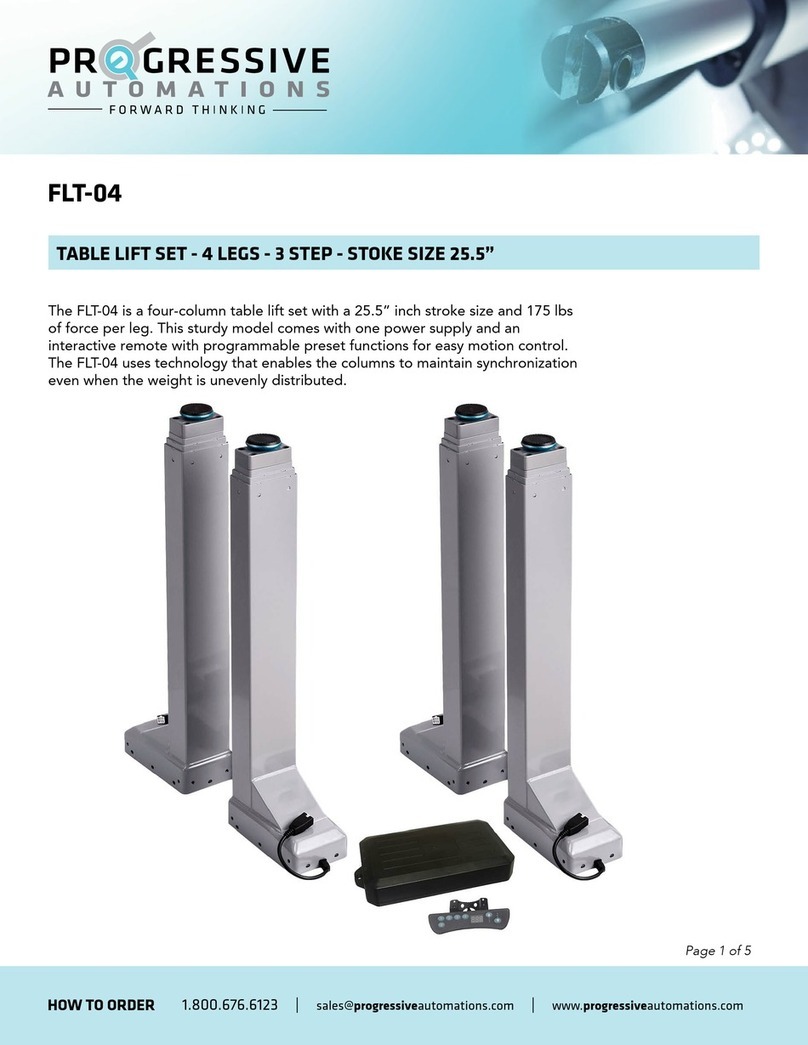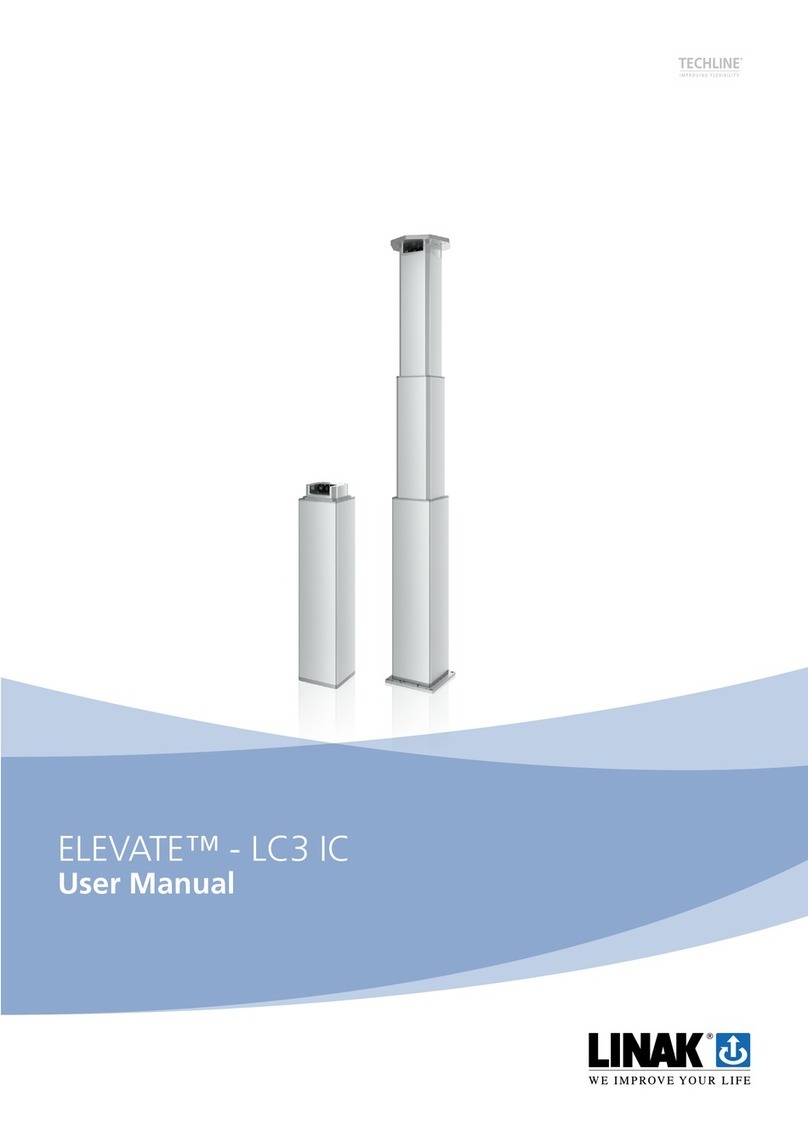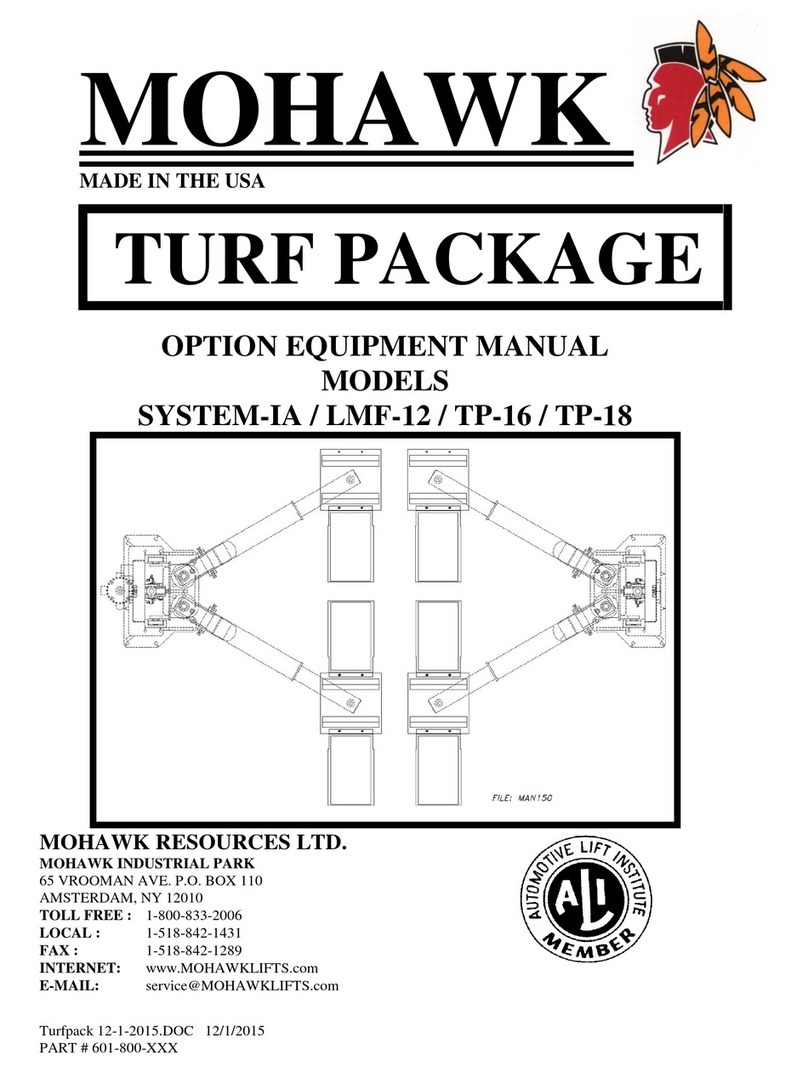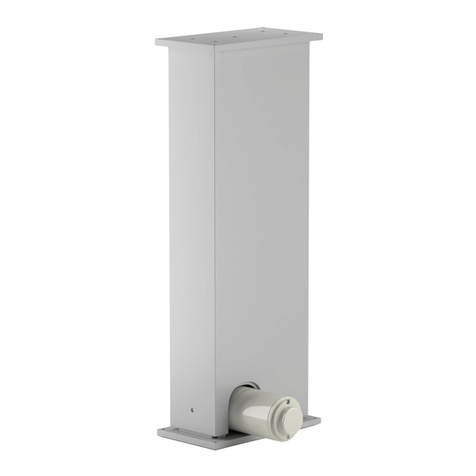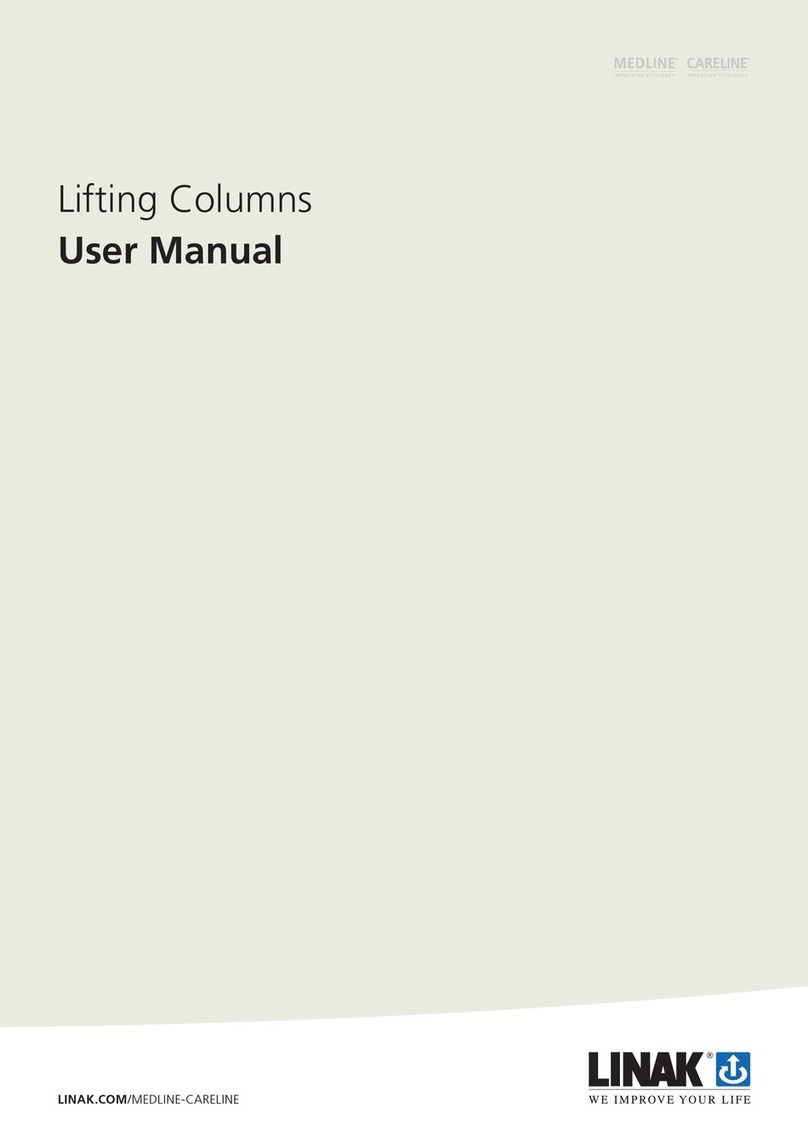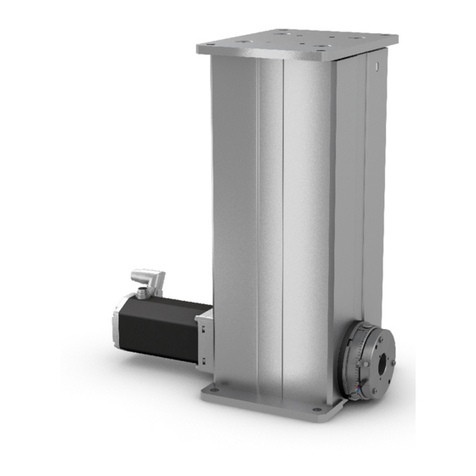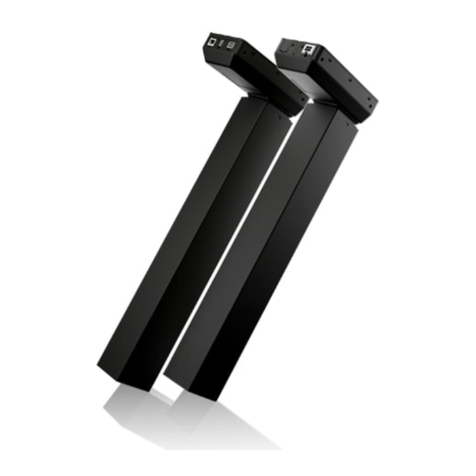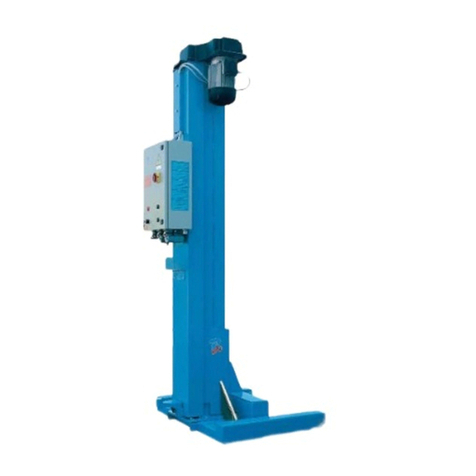
DHOLLANDIA 6
5. IDENTIFICATION
• Every HOLLAN IA liftgate is identified by and labelled with a
uniqu 8-digit s rial numb r (with or without a space
between the first and last 4 digits). Use this number for any
inquiry on a particular liftgate, or when ordering replacement
parts.
• In addition to the liftgate type and serial number, the various
serial number labels provide additional information, such as:
the maximum rated lift capacity and load chart, the bumper
certification number, the date of manufacture, etc...
• These labels are usually affixed to the vehicle body and
various liftgate components, and can be found in following
locations (the yellow arrows point to the serial numbers):
6. DESCRIPTION AND LIFTGATE TERMINOLOGY
• HOLLAN IA liftgates are developed and manufactured using state-of-the-art technology, high quality materials and components,
and highly skilled workmanship.
• The H-VO.07.K9, H-VO.15.K9 and H-VO.20.K9 comprise of a range of column liftgates, designed for a wide variety of trucks,
trailers and semi-trailers, and is available with lift capacities ranging from 1,000 to 4,400 lbs.
• In its travel position, the platform of the column liftgate is stowed vertically behind the vehicle body. Before use, the platform is
lowered approx. 7 “, then tilted open 90 degrees from the vertical travel position, to a horizontal work position.
• epending on liftgate model and options chosen, the opening and closing of the platform can be manual, or driven by 1 or 2
hydraulic tilt cylinders. See table below:
EXAMPLE
Affixed to the side of the vehicle body, or on the platform
On the lift frame On the platform
On the main external control box
Typ Lift capacity Manual closur Hydraulic closur 0-90°
OVH004
Hydraulic closur with adjustabl
platform pitch
OVH011
H-VO.07.K9 1,100 - 1,650 lbs standard not available not available
H-VO.15.K9 2,200 - 3,300 lbs standard optional optional
H-VO.20.K9 3,300 - 4,400 lbs standard optional optional
18050306
DH-VO.07

